Seaweed Forests Are Taking Over Fragile Marine Ecosystems And Changing The Ocean Forever
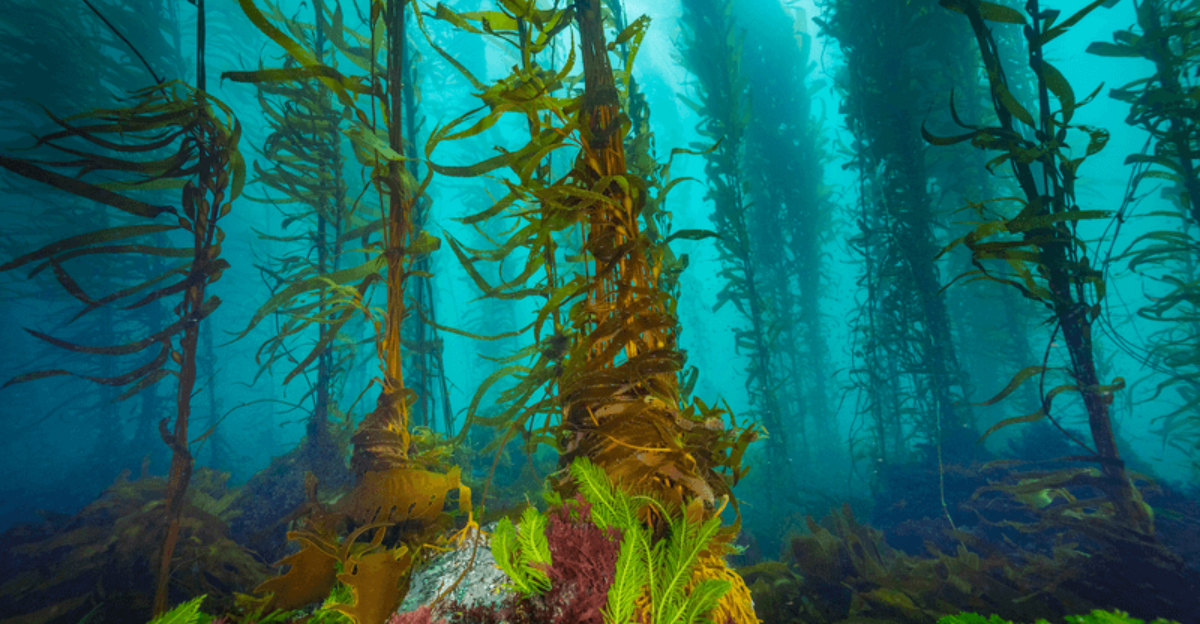
Beneath the ocean’s surface, a quiet revolution is unfolding as massive seaweed forests spread across the seafloor. These underwater jungles are expanding at unprecedented rates, transforming marine ecosystems in ways scientists are just beginning to understand.
The rapid growth of these algal forests represents one of the most significant shifts in ocean ecology in decades, with far-reaching consequences for everything from tiny sea creatures to our global climate.
1. The Rise Of Seaweed Forests: A New Oceanic Landscape
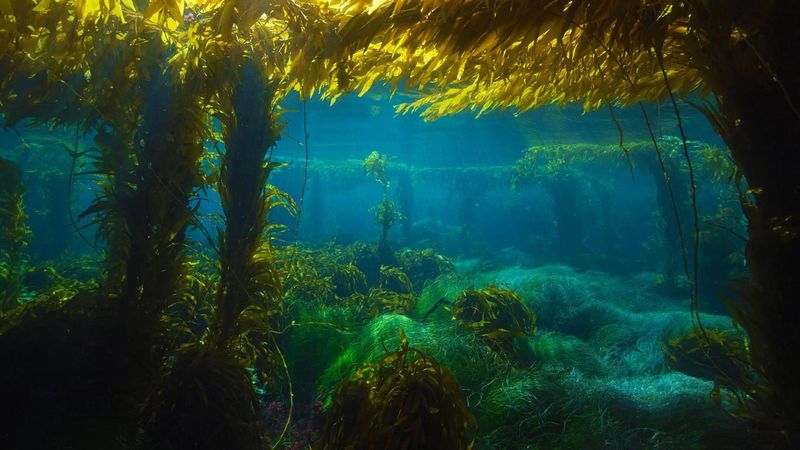
Giant kelp can grow up to two feet per day, creating underwater forests faster than many land plants. These underwater jungles now cover vast stretches of coastal areas where they were previously absent or minimal.
Scientists tracking these expansions have documented increases of over 35% in some regions just in the past decade, dramatically altering seafloor landscapes.
2. What Are Seaweed Forests And Why Are They Important?
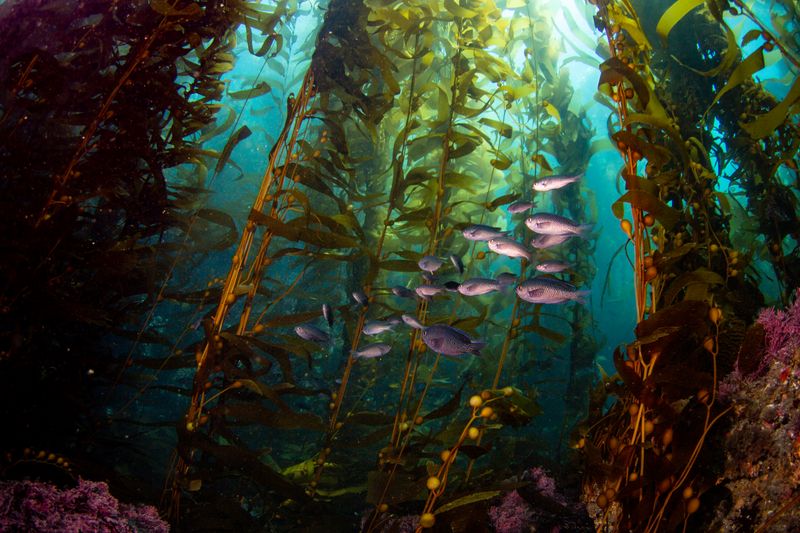
Seaweed forests consist primarily of large brown algae like kelp, which anchor to the seafloor and stretch upward creating complex three-dimensional habitats. Unlike plants, these marine algae absorb nutrients directly from the water through their blades.
They serve as nurseries for countless fish species and provide food for marine herbivores, making them crucial ecosystem engineers.
3. How Climate Change Is Fueling The Expansion Of Seaweed Forests
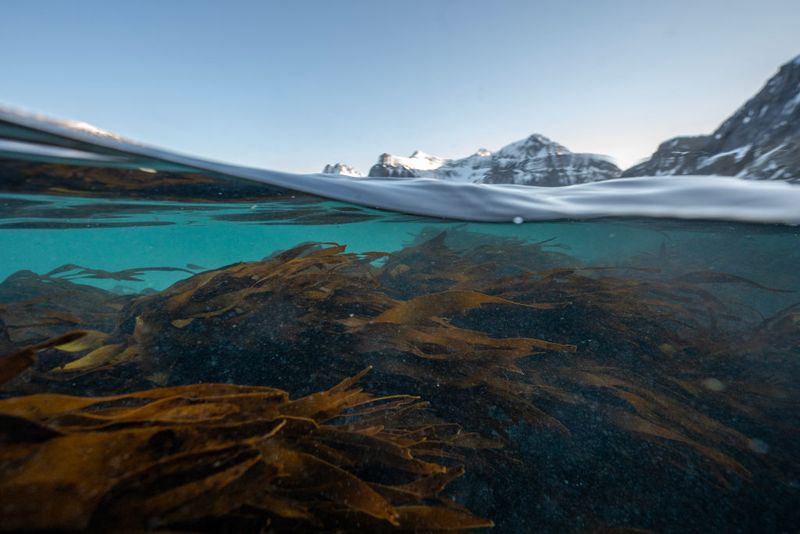
Warming waters have pushed certain seaweed species into new territories previously too cold for their survival. In the Arctic, brown algae have increased by nearly 40% as ice retreats and waters warm.
Meanwhile, changing ocean currents deliver nutrient-rich waters to new areas, creating perfect conditions for seaweed colonization in regions where they previously couldn’t thrive.
4. The Role Of Seaweed Forests In Marine Biodiversity
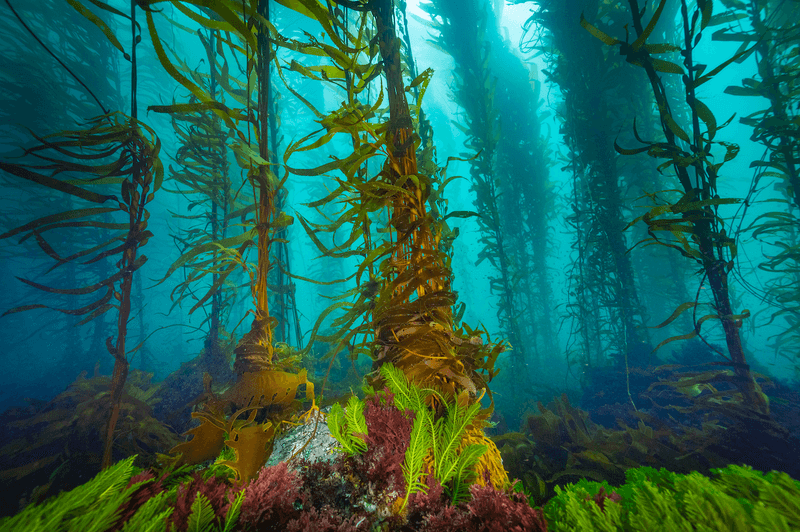
A single acre of kelp forest can house over 800 species of marine animals and countless microorganisms. These underwater jungles create vertical habitat zones similar to tropical rainforests, with different creatures inhabiting various levels.
For many specialized species, these forests represent the only viable habitat, making their expansion a double-edged sword for biodiversity.
5. How Seaweed Forests Impact The Ocean’s Food Web
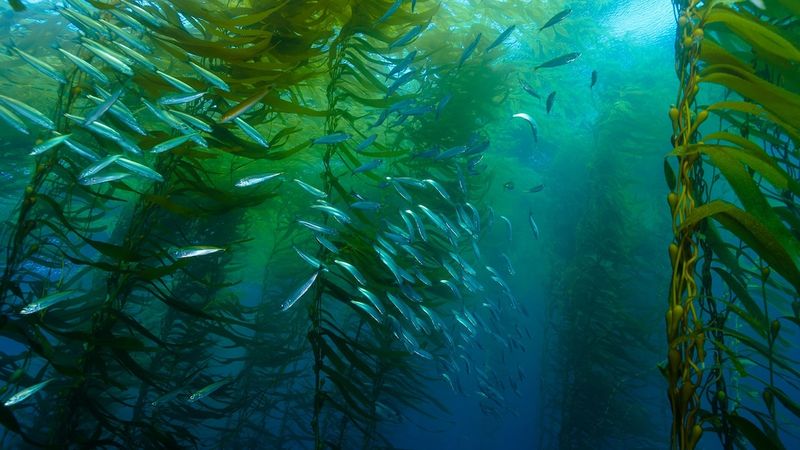
Seaweed forests fundamentally rewire marine food webs by introducing new primary producers that outcompete traditional base organisms. Small fish that once fed on coral polyps must adapt to grazing on algae or face population decline.
Larger predators follow these shifts, creating cascading effects that ripple through entire ecosystems and even impact commercial fisheries.
6. The Shifting Balance: Seaweed Forests Vs. Coral Reefs
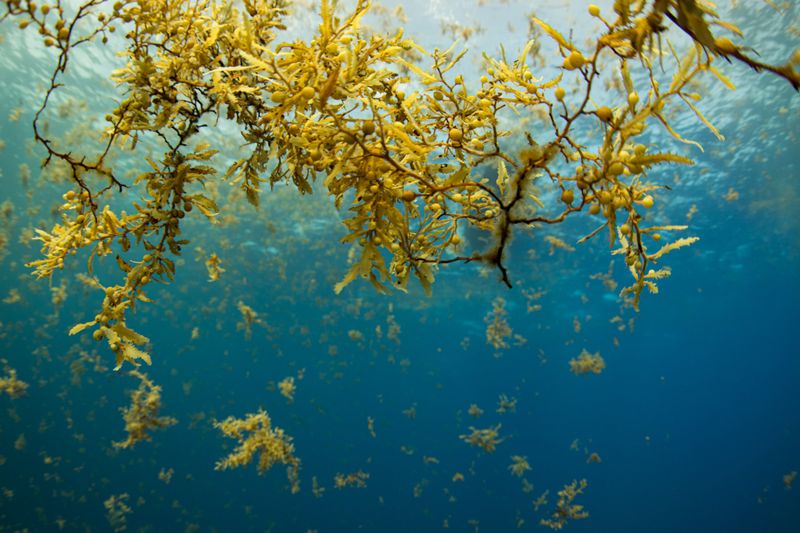
Fast-growing seaweeds can smother coral reefs when conditions favor algal growth. Once seaweed establishes dominance, the physical structure of the ecosystem transforms from the calcium carbonate framework of corals to the flexible canopy of algae.
In the Caribbean, over 50% of former coral areas have shifted to algal dominance in just three decades, representing a fundamental ecosystem phase shift.
7. The Threat To Fragile Marine Ecosystems From Overgrowth
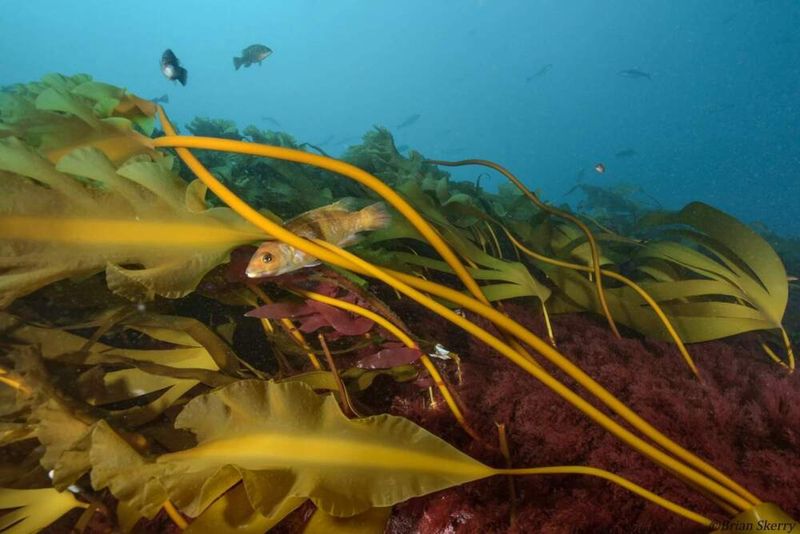
When seaweeds grow unchecked, they can block sunlight from reaching the seafloor, creating dead zones beneath their dense canopies. Native species adapted to open water or sandy bottoms simply can’t compete in these new shaded environments.
Some invasive seaweed species release chemicals that actively prevent other marine organisms from settling nearby, further reducing biodiversity.
8. How Rising Ocean Temperatures Are Accelerating Seaweed Growth
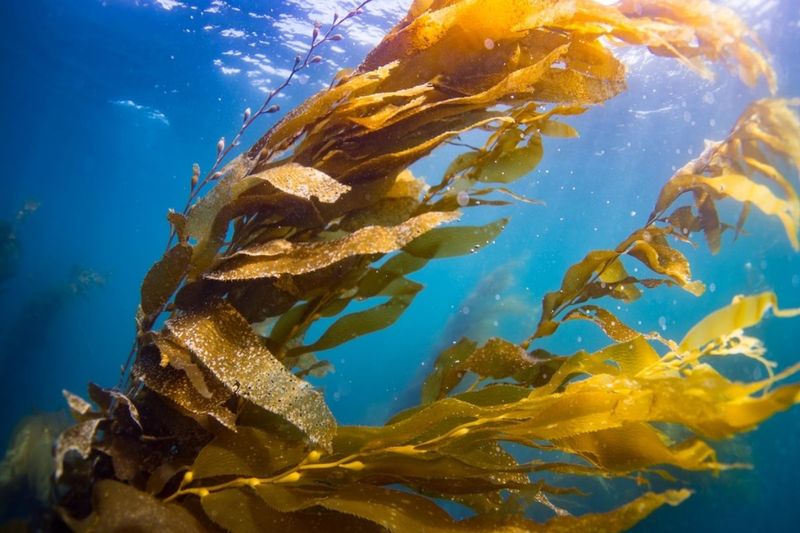
Many seaweed species grow up to 30% faster in warmer waters, as long as temperatures don’t exceed their tolerance threshold. Metabolic processes speed up with each degree of warming, allowing faster photosynthesis and nutrient uptake.
Areas experiencing seasonal warming now support year-round seaweed forests where previously they would die back during colder months.
9. The Impact Of Seaweed Forests On Carbon Sequestration
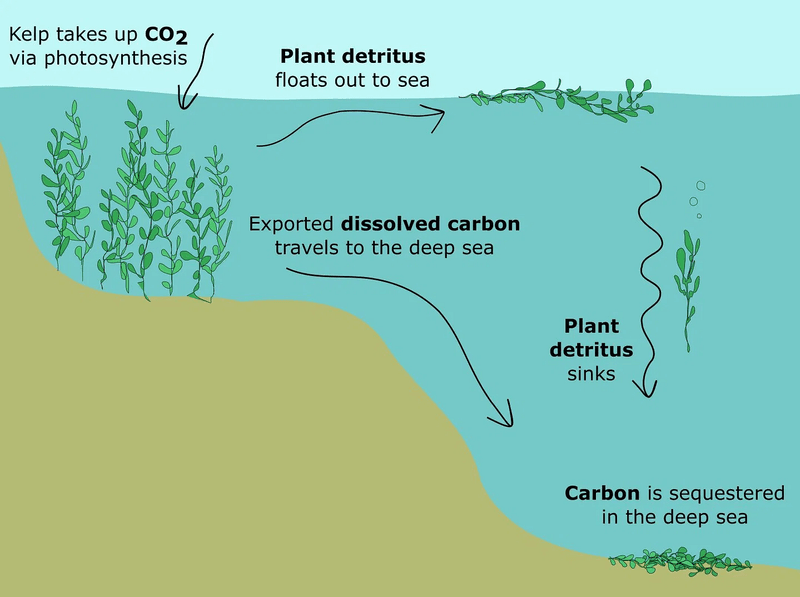
Seaweeds absorb carbon dioxide as they grow, potentially helping offset some human emissions. When parts break off and sink to the deep ocean floor, that carbon can remain trapped for centuries.
Scientists estimate that expanding seaweed forests worldwide might sequester up to 200 million tons of carbon annually—equivalent to the emissions from 43 million cars.
10. Marine Heatwaves: The Catalyst For Seaweed Forest Expansion
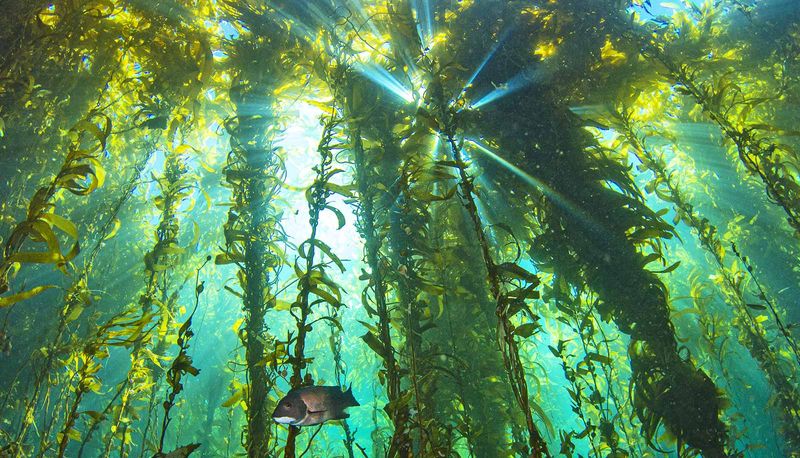
Extreme temperature spikes known as marine heatwaves can trigger explosive seaweed growth. The 2013-2016 “Blob” heatwave in the Pacific caused certain seaweed species to increase their coverage by over 100% in just months.
These sudden temperature changes often kill temperature-sensitive species like corals while giving heat-tolerant seaweeds a competitive advantage in colonizing newly available space.
11. Efforts To Manage And Restore Seaweed Forests
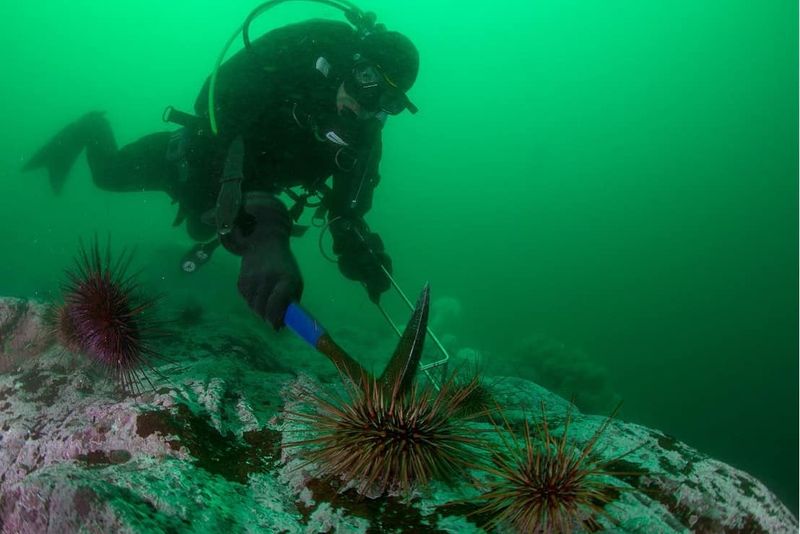
Conservation groups are testing methods to maintain balanced seaweed ecosystems, including reintroducing sea urchins and other natural grazers. In Tasmania, divers manually remove invasive seaweed species that threaten native underwater habitats.
Some innovative programs harvest excess seaweed for biofuel production, creating economic incentives for managing overabundant forests.
12. Can We Balance Seaweed Growth With Ecosystem Health?

Finding equilibrium between beneficial seaweed growth and ecosystem preservation represents one of oceanography’s biggest challenges. Computer models predict that without intervention, seaweed-dominated systems could become the new normal across 30% of current coral regions by 2050.
Adaptive management approaches that respond to early warning signs offer the best hope for maintaining diverse marine ecosystems.






